Flexible couplings are essential components used in various industries to connect rotating shafts and transmit torque while accommodating misalignments. They play a crucial role in ensuring smooth and efficient operation in machinery and equipment. Read More…
Our shaft couplings are the best around! Not only do we provide you with exceptional levels of customer service but we also provide you with manufacturing and a repair service that you can count on. We are also capable of providing you with special designs. That’s right! Our design team will work closely with you in order to ensure that you are getting the product that will fit your specific...

At Coupling Corporation of America, we devote ourselves to engineering shaft couplings that deliver exceptional precision, durability, and performance for complex motion control and power transmission applications. We design each coupling to accommodate the unique torque, misalignment, vibration, and speed demands of our customers’ equipment, ensuring smooth, efficient operation even under...

Ruland’s carefully made shaft collars, rigid shaft couplings & zero backlash motion control flexible shaft couplings, including beam, Oldham & bellows couplings, are available in both inch & full-metric dimensions. Our line has expanded to include metric shaft collars, metric rigid couplings & step bore rigid couplings. For 70 years, we have supplied custom-made products to meet special needs.
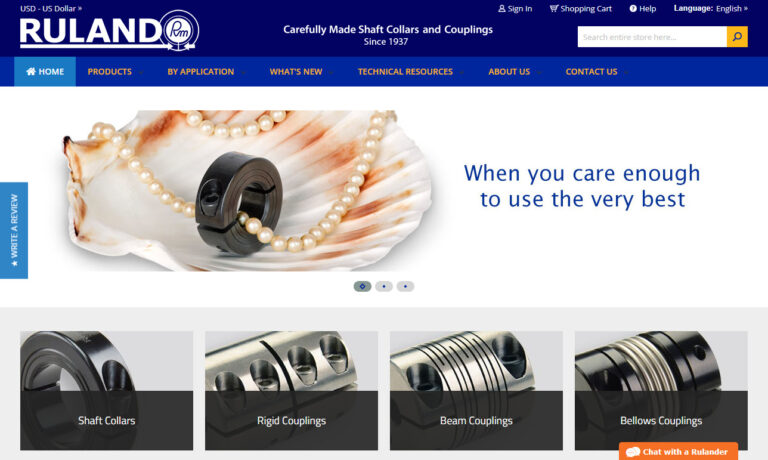
Founded in Buffalo, NY in 1946, Power Drives, Inc. (PDI) designs and manufactures custom-engineered hose and tube assemblies for original equipment manufacturers (OEM), and engineered systems for locomotives and other mobile equipment. PDI also distributes a wide range of hydraulic, pneumatic and electromechanical components for fluid conveyance, motion control and power transmission applications ...

More Flexible Coupling Manufacturers
Components of Flexible Couplings
Flexible couplings are critical mechanical components used to connect two rotating shafts while accommodating misalignments, reducing vibration, and transmitting torque. Flexible couplings consist of several key components, each serving a specific purpose in ensuring robust and reliable shaft connection. Understanding these parts is essential for those involved in mechanical engineering, industrial maintenance, and machinery procurement.
- Flexible Elements: Often made of elastomers (such as rubber or polyurethane) or metal, flexible elements provide the necessary elasticity and movement to absorb misalignments (angular, parallel, and axial). They are the heart of the coupling, allowing for shock absorption and vibration damping.
- Hubs: The hubs are the primary interfaces that connect the coupling to the shafts. They are typically made of hardened steel, stainless steel, or aluminum and are precision-machined to ensure a secure fit.
- Fasteners: Bolts, pins, or set screws are used to secure the flexible elements to the hubs and to clamp the coupling onto the shaft ends, ensuring reliable torque transfer and alignment.
- Additional Components: Certain coupling types, such as gear couplings, incorporate specialized parts like external and internal gears, sleeves, covers, and seals to enhance torque capacity and environmental protection.
In summary, the main components of flexible couplings—flexible elements, hubs, and fasteners—are engineered to maximize performance and lifespan in various mechanical power transmission applications. If you want to learn more about how each component impacts coupling performance or need guidance on selecting coupling components for your industry, contact our technical team.
Comparison with Other Couplings
Flexible couplings are just one category of mechanical shaft couplings. When evaluating the best coupling for your system, it’s important to understand how flexible couplings compare with rigid couplings and other specialized types. These distinctions play a crucial role in system design and operational reliability.
- Flexible Couplings vs. Rigid Couplings: Rigid couplings are simple devices that provide a solid, inflexible link between two shafts. They offer high torsional stiffness and precise shaft alignment, making them ideal for applications where shaft alignment is near perfect and no movement is expected. However, rigid couplings cannot tolerate any misalignment or shaft movement, leading to increased wear and risk of failure in dynamic environments.
- Flexible Couplings: Flexible couplings, on the other hand, are designed to accommodate angular, parallel, and axial misalignments. They absorb shock and vibration, which helps protect connected equipment and reduce maintenance costs. While they typically have lower torsional stiffness compared to rigid couplings, their ability to prolong equipment life and ensure smoother operation makes them the preferred choice in most high-performance or high-speed applications.
- Universal Joints: Universal joints (U-joints) allow for torque transmission between shafts at variable angles and handle substantial misalignment, making them popular in automotive driveshafts and heavy machinery. However, they may introduce backlash and are less suitable for high-precision applications due to their variable velocity characteristics.
- Magnetic Couplings: Magnetic couplings transmit torque through magnetic fields, enabling contactless power transmission and hermetic sealing. This eliminates the risk of fluid leakage, making them ideal for pumps and mixers in chemical and pharmaceutical industries. Despite these advantages, magnetic couplings typically have lower torque capacity than mechanical couplings.
When deciding which coupling to use, consider the degree and type of misalignment, required torque capacity, backlash tolerance, and environmental conditions. For a detailed side-by-side comparison of coupling types or to determine the best solution for your machinery.
Materials Used for Flexible Couplings
The choice of material in flexible couplings is fundamental to their performance, longevity, and suitability for specific environments. Manufacturers select materials based on required flexibility, resistance to wear, torque transmission needs, and environmental exposure. Below are the most common materials used in flexible couplings and their unique advantages:
- Elastomers (Rubber, Polyurethane): These synthetic materials offer outstanding flexibility, shock absorption, and vibration damping. Elastomeric couplings are preferred in applications requiring noise reduction and protection against sudden shocks. They are also relatively easy to replace and maintain.
- Metals (Steel, Stainless Steel, Aluminum, Bronze): Metallic couplings provide superior strength, durability, and resistance to high temperatures and pressures. Steel and stainless steel are ideal for heavy-duty industrial applications, while aluminum offers lightweight benefits for precision machinery.
- Composites (Carbon Fiber, Fiberglass): Advanced composite materials deliver a combination of high strength, corrosion resistance, and minimal weight. These are especially valuable in aerospace, marine, and wind power industries where weight savings and environmental durability are critical.
- Specialty Materials: Some applications require special materials such as high-performance plastics or custom alloys to meet stringent chemical resistance or temperature requirements.
How do you select the right material for your flexible coupling? Consider factors such as torque and speed demands, exposure to chemicals or moisture, temperature range, and required service life. For in-depth advice on material selection speak with an engineering specialist.
Considerations Regarding Flexible Couplings
While flexible couplings offer many operational advantages, there are important considerations that buyers and engineers must weigh during selection and maintenance:
- Wear and Tear: The flexible elements, particularly elastomers, are subject to fatigue and degradation under high torque, frequent starts/stops, or extreme vibration. Regular inspection and preventive maintenance are essential to avoid unexpected downtime.
- Lower Torsional Stiffness: Flexible couplings generally have lower torsional stiffness than rigid couplings, which can introduce torsional deflection and affect accuracy in servo or positioning systems.
- Environmental Exposure: Exposure to chemicals, moisture, or abrasive particles can accelerate material degradation. Protective covers, seals, or selecting corrosion-resistant materials can mitigate these risks.
- Alignment and Installation: Improper installation or excessive misalignment can accelerate coupling failure and damage connected equipment. Adhering to manufacturer alignment tolerances and using alignment tools is critical.
- Cost Considerations: While the initial cost of flexible couplings may be higher than rigid options, the long-term savings in maintenance and equipment protection often justify the investment.
Benefits of Flexible Couplings
Flexible couplings provide a host of benefits that make them indispensable in numerous power transmission and motion control systems. These advantages can directly impact operational efficiency, equipment reliability, and overall cost of ownership.
- Misalignment Compensation: Flexible couplings can handle angular, parallel, and axial misalignments, protecting shafts and bearings from excessive stress and premature failure.
- Vibration and Shock Damping: By absorbing mechanical vibration and shocks, flexible couplings reduce wear on connected equipment and improve process stability.
- Overload Protection: Certain designs act as mechanical fuses, disconnecting or slipping under overload conditions to prevent catastrophic damage to machinery.
- Noise Reduction: Elastomeric and composite couplings minimize operational noise, which is critical in medical, laboratory, and precision manufacturing environments.
- Reduced Maintenance Costs: The ability to absorb misalignments and dampen forces leads to fewer breakdowns and longer service intervals for both the coupling and connected equipment.
- Versatility: Flexible couplings are available in a wide range of sizes, materials, and designs, enabling customization for nearly any application, from light-duty instrumentation to heavy industrial drives.
Applications of Flexible Couplings
Flexible couplings are employed across diverse industries and applications, playing a vital role in mechanical power transmission, automation, and motion control systems. Some of the most common and critical uses include:
- Automotive: Used in drivetrains and steering systems to transmit torque while accommodating misalignments between the engine, transmission, and driveshaft. Flexible couplings are essential for reducing vibration and enhancing ride comfort.
- Aerospace: Employed in turbine engines, actuators, and auxiliary power units to transmit power and absorb high-frequency vibrations, ensuring consistent performance and safety in demanding flight environments.
- Marine: Installed in propeller shafts, steering gear, and auxiliary machinery to tolerate hull flexing, misalignments, and shock loads, as well as to protect against corrosion from saltwater exposure.
- Wind Power: Integral to wind turbine gearboxes and generators, flexible couplings compensate for shaft misalignment caused by tower movement and absorb torque fluctuations due to wind gusts.
- Industrial Manufacturing: Used in conveyor systems, pumps, compressors, and mixers to connect shafts and protect sensitive components from overload and vibration.
- Medical Equipment: Precision couplings are used in imaging devices, laboratory automation, and robotic surgical tools where accuracy, vibration isolation, and sterility are vital.
- Renewable Energy: Flexible couplings play a role in solar trackers, hydroelectric generators, and fuel cell systems, where they accommodate movement and improve reliability in variable operating conditions.
Choosing the Right Flexible Coupling for Your Application
Selecting the optimal flexible coupling for your machinery is a process that requires careful analysis of technical and operational parameters. Here’s a comprehensive guide to help you make an informed choice:
- Define Application Requirements: Determine the required torque, operating speed (RPM), shaft sizes, and the type and magnitude of misalignment present. List all operational and environmental factors.
- Evaluate Coupling Types: Research different coupling designs (e.g., jaw, disc, gear, bellows, Oldham, universal joint, elastomeric) and compare their capabilities, strengths, and limitations relative to your needs.
- Material Selection: Consider the exposure to chemicals, temperature extremes, moisture, and abrasive conditions. Choose materials for optimal performance and durability.
- Installation and Maintenance: Factor in ease of installation, accessibility for maintenance, and whether the coupling allows for in-situ replacement of flexible elements.
- Cost and Availability: Balance up-front costs with expected maintenance, replacement frequency, and downtime costs. Seek products that offer value over their full service life.
- Consultation and Support: When in doubt, consult with coupling manufacturers or distributors for application engineering support, product samples, or technical documentation.
Choosing the Proper Flexible Coupling Supplier
With your coupling requirements defined, selecting a qualified and reputable flexible coupling supplier is the next critical step. A trustworthy supplier not only provides quality products but also offers technical support, fast delivery, and flexible customization options. Here’s how to find the right partner for your needs:
- Supplier Directory: Use our comprehensive directory of flexible coupling suppliers to compare manufacturers, distributors, and custom solution providers. Each supplier profile includes company background, certifications, product range, and areas of expertise.
- Website Previewer: Our proprietary website preview feature lets you quickly browse each supplier’s website, helping you assess product lines, industries served, and technical resources without leaving our platform.
- Direct Communication: Each supplier profile offers a convenient contact form to request technical information, ask about availability, or request a customized quote for your project.
- RFQ Tool: Use our unified RFQ (Request for Quote) form to send your requirements to multiple flexible coupling companies simultaneously, streamlining your procurement process and ensuring competitive pricing.
- Technical Support: Look for suppliers that provide engineering assistance, installation support, and responsive customer service. These factors can be crucial for complex projects or urgent replacement needs.
- Certifications and Quality Assurance: Verify that your chosen supplier meets industry standards such as ISO 9001 or specific sector certifications (e.g., aerospace, medical device, automotive) for quality and performance assurance.
Searching for flexible coupling suppliers near you or globally? Browse our supplier directory, or use our contact form for a personalized supplier recommendation tailored to your application and region.
Frequently Asked Questions About Flexible Couplings
- What are flexible couplings used for? Flexible couplings are used to connect rotating shafts in pumps, motors, compressors, conveyors, and industrial machinery while allowing for misalignment and reducing vibration.
- How do I know if my application needs a flexible coupling? If your system experiences misalignment, vibration, or shock loads, or if you need to isolate equipment from noise and stress, a flexible coupling is typically recommended. Review your application’s operating conditions or consult an expert for a risk assessment.
- What is the difference between elastomeric and metallic flexible couplings? Elastomeric couplings use rubber or polymer elements to absorb shocks and dampen vibration, while metallic couplings use steel, aluminum, or other metals for higher strength and temperature resistance but less damping capability.
- How should flexible couplings be maintained? Maintenance depends on the coupling type and application. Regularly inspect for wear, cracks, misalignment, and lubrication (if required). Replace flexible elements as needed and recheck alignment after installation or maintenance.
- Can flexible couplings be customized? Yes, many manufacturers offer custom coupling designs to meet unique torque, speed, space, or environmental requirements. Provide detailed specifications for a custom quote.




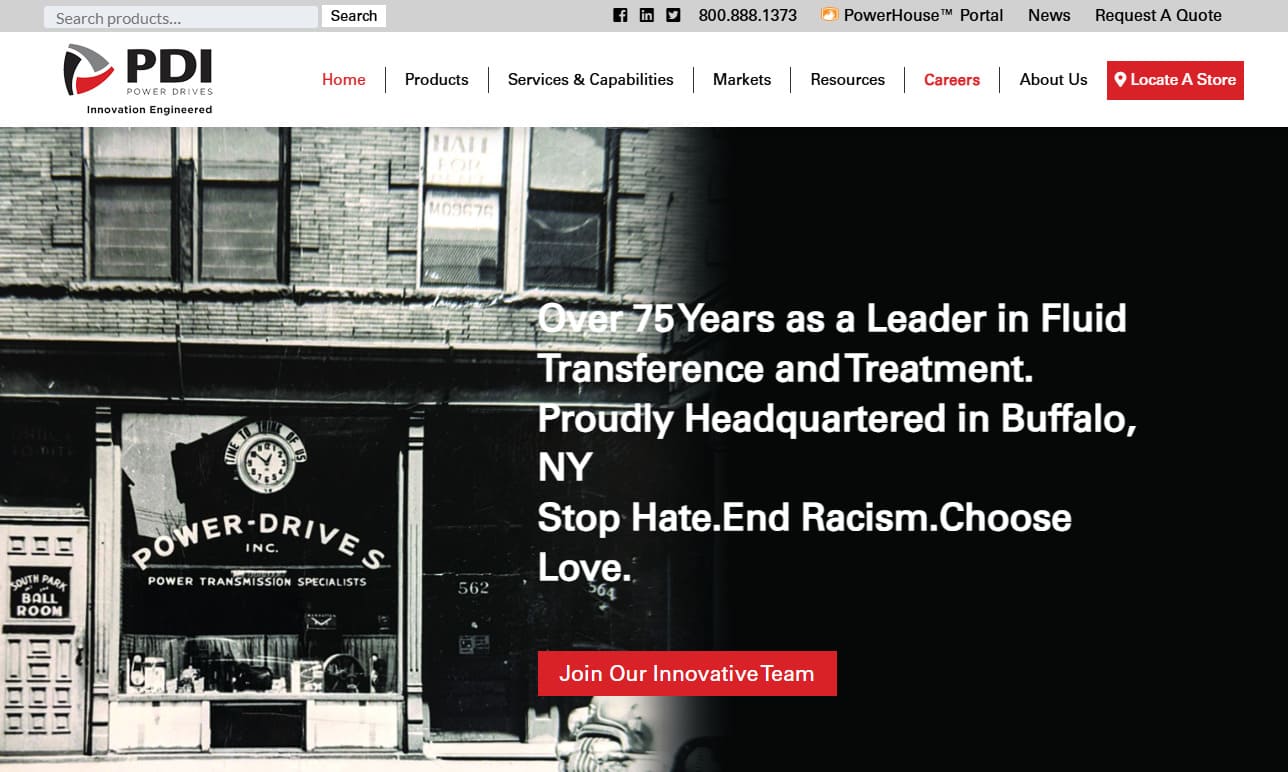
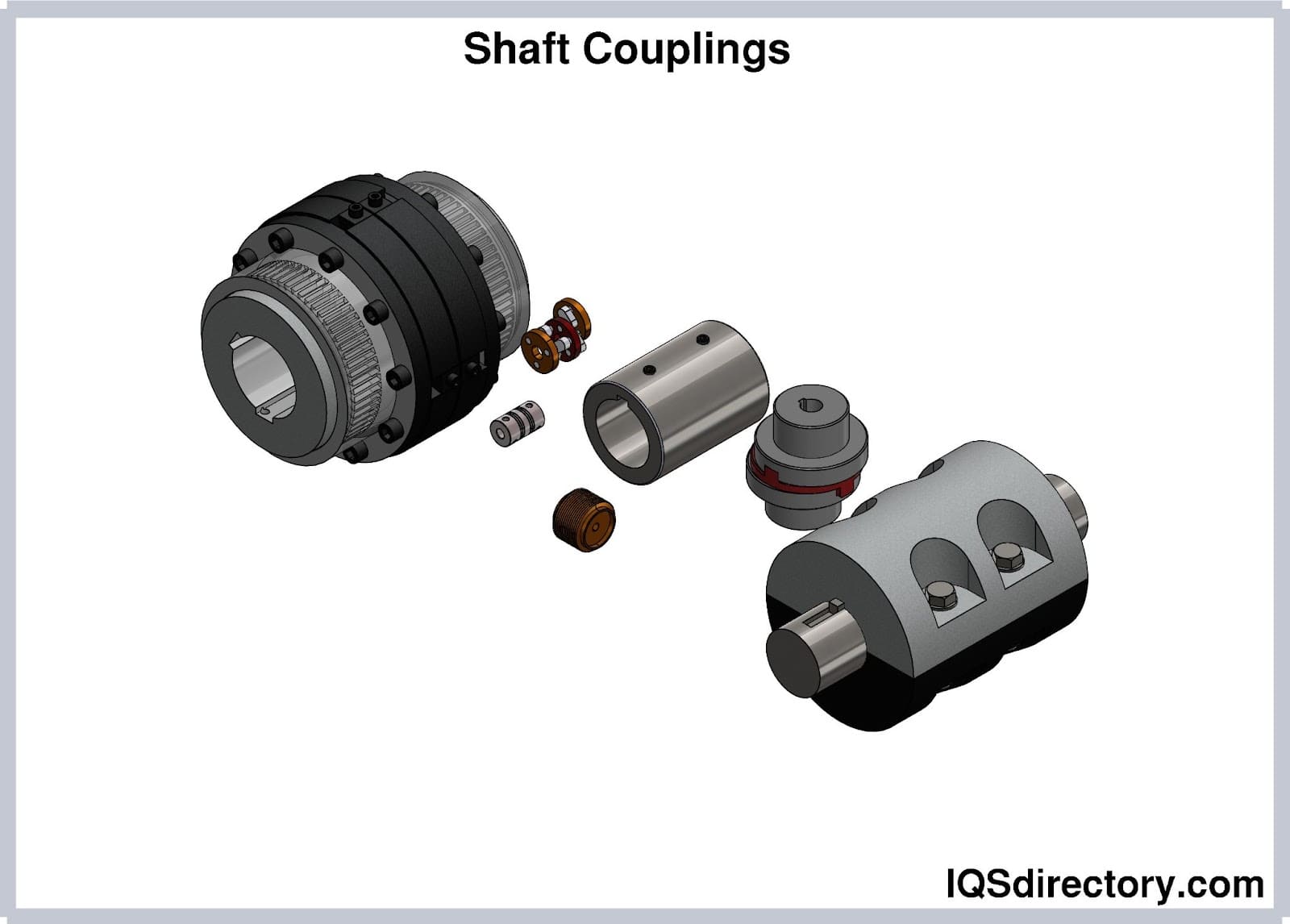

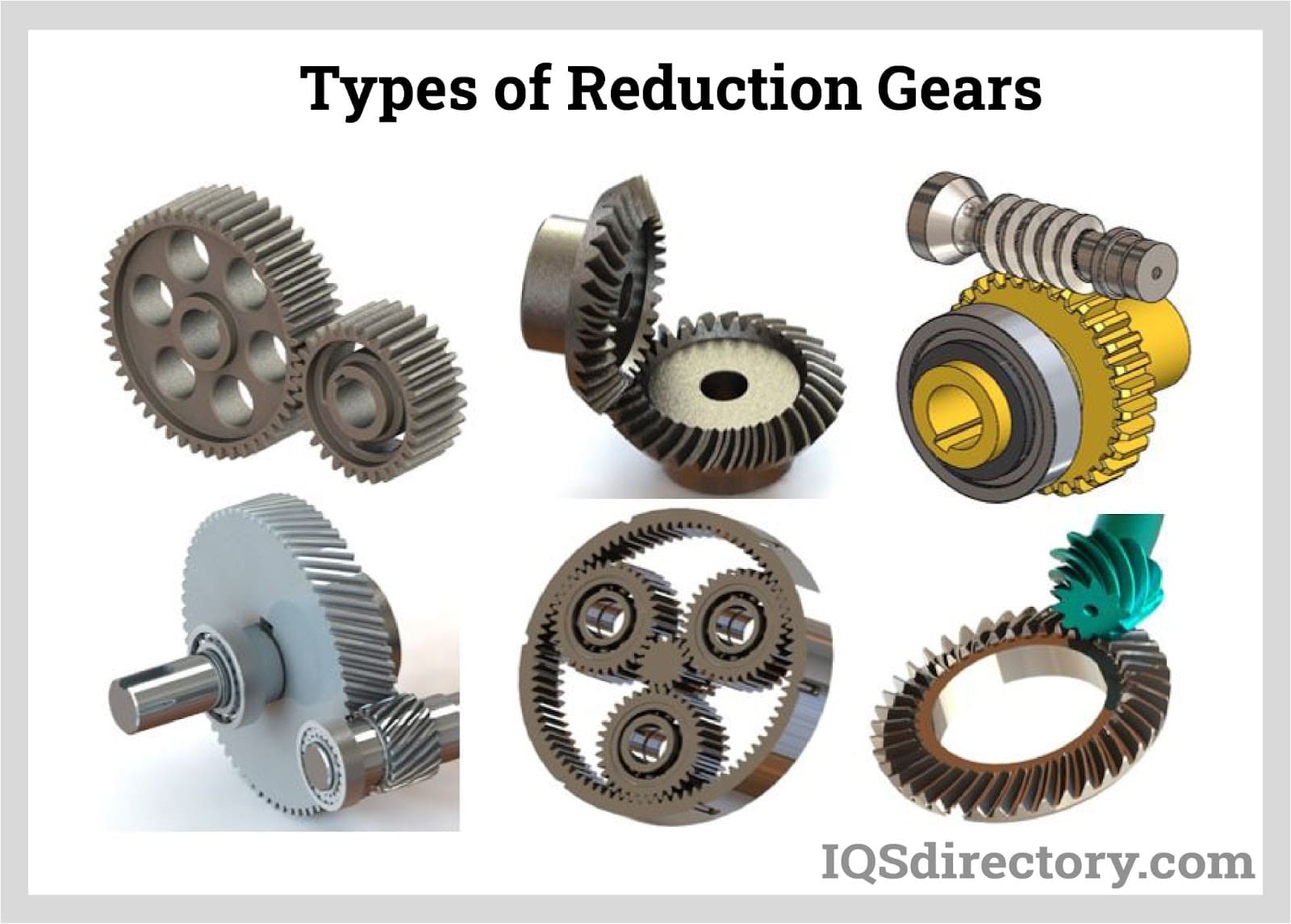
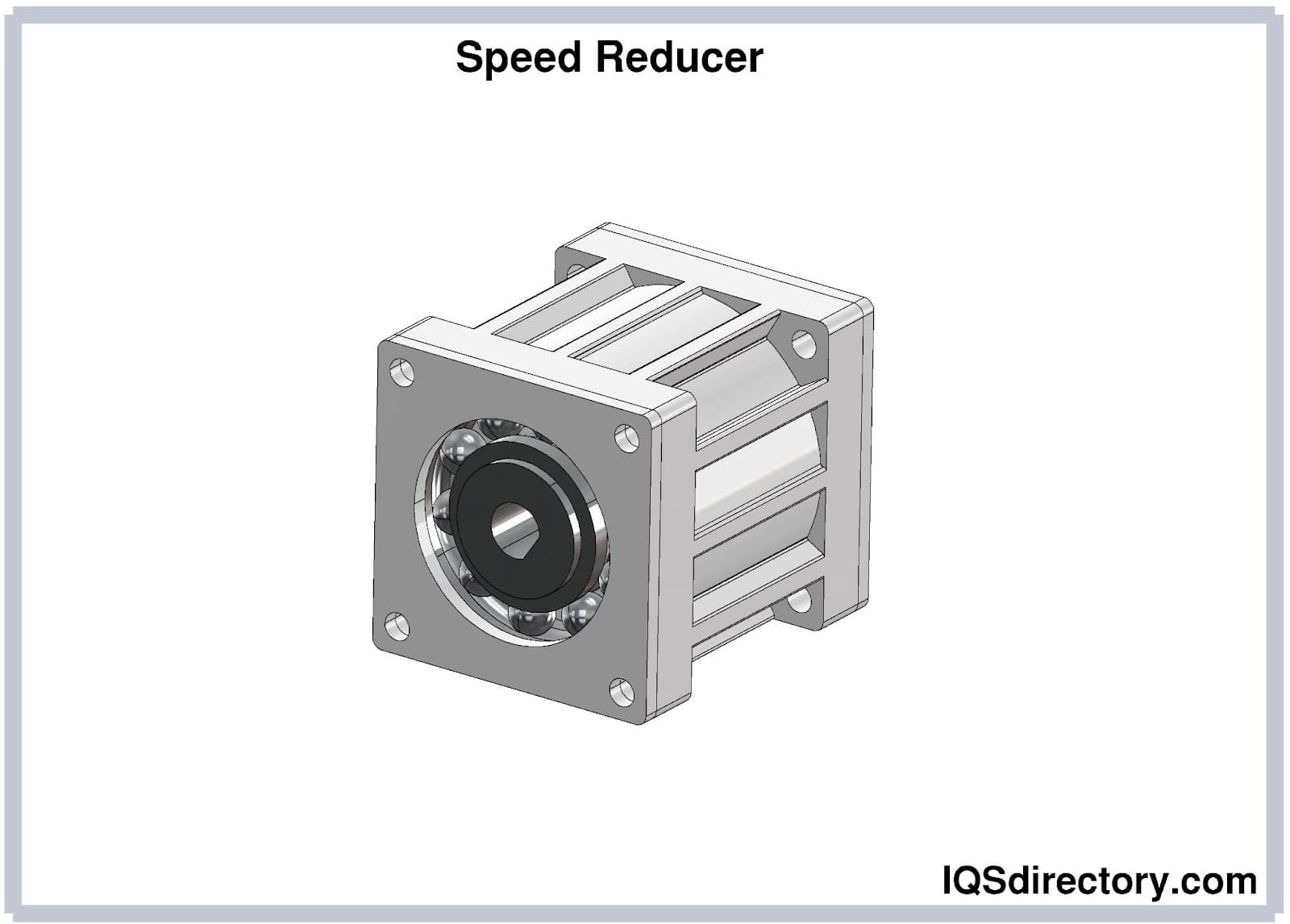
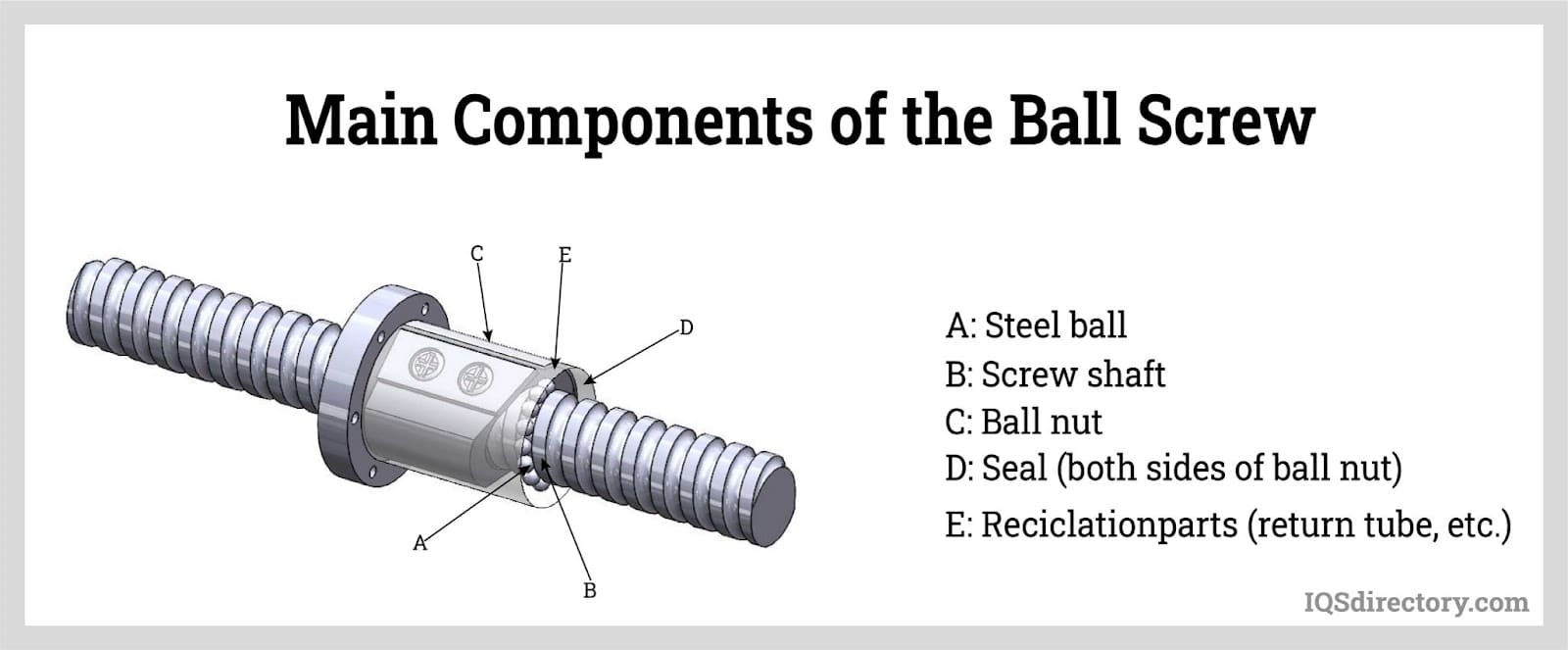

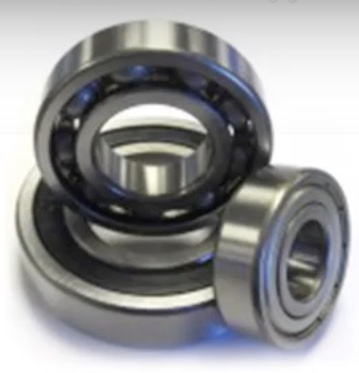 Ball Bearings
Ball Bearings Ball Screws
Ball Screws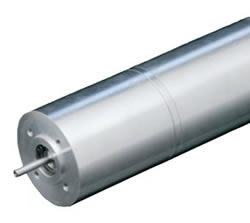 Electric Motors
Electric Motors Friction Materials
Friction Materials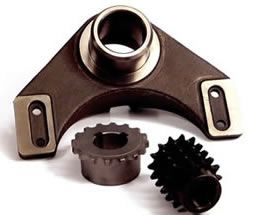 Gears
Gears Quick Release Couplings
Quick Release Couplings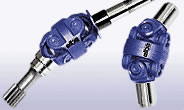 Shaft Couplings
Shaft Couplings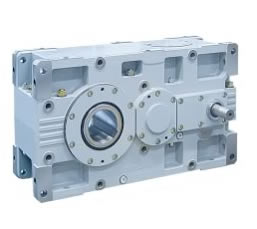 Speed Reducers
Speed Reducers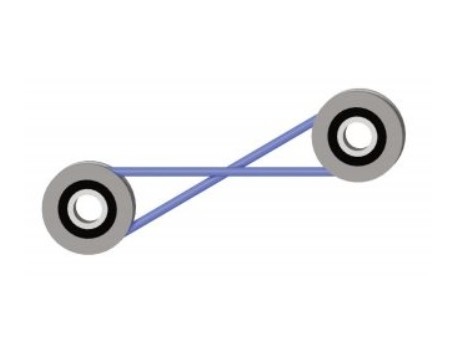 Timing Belting
Timing Belting Castings & Forgings
Castings & Forgings Bulk Material Handling
Bulk Material Handling Electrical & Electronic Components
Electrical & Electronic Components Flow Instrumentation
Flow Instrumentation Hardware
Hardware Material Handling Equipment
Material Handling Equipment Metal Cutting Services
Metal Cutting Services Metal Forming Services
Metal Forming Services Metal Suppliers
Metal Suppliers Motion Control Products
Motion Control Products Plant & Facility Equipment
Plant & Facility Equipment Plant & Facility Supplies
Plant & Facility Supplies Plastic Molding Processes
Plastic Molding Processes Pumps & Valves
Pumps & Valves Recycling Equipment
Recycling Equipment Rubber Products & Services
Rubber Products & Services